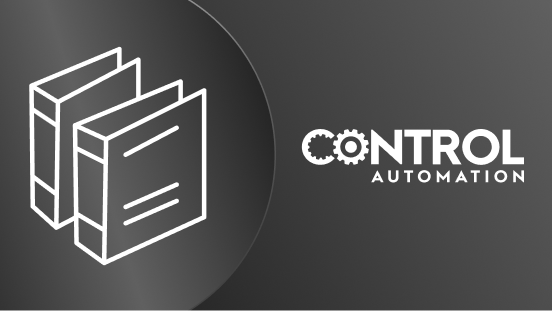
A fundamental principle in instrumentation system troubleshooting is that every instrument has at least one…
Textbook

By definition, a source is a device delivering energy into a system, while a load is a device extracting…
Textbook

The digital multimeter (DMM) is quite possibly the most useful tool in the instrument technician’s…
Textbook

As previously defined, calibration refers to the checking and adjustment of an instrument so that its output…
Textbook

A sliding-stem valve body is one where the moving parts slide with a linear motion. Some examples of…
Textbook

As we have seen, the concept of differentiation is finding the rate-of-change of one variable compared to…
Textbook

Regardless of valve type, all stem-actuated control valves require some form of seal allowing motion of the…
Textbook

Three-phase AC is the dominant mode of electric power generation and distribution in modern societies.…
Textbook

Valves can experience a number of problems, most of them either preventable or repairable. These problems can…
Textbook

Capacitors store energy in electric fields, proportional to the square of voltage. Inductors store energy in…
Textbook

The simple PLC ladder diagram (LD) commands consist of contacts and coils, arranged in sequences that mimic…
Textbook

Current is the name we give to the motion of electric charges from a point of high potential to a point of low…
Textbook

Although it seems each model of PLC has its own idiosyncratic standard for programming, there does exist an…
Textbook

An electromechanical relay is an electrical switch actuated by an electromagnet coil. As switching devices,…
Textbook

Electrical Resistance Resistance (\(R\)) is the dissipative opposition to an electric current, analogous to…
Textbook

Disconnect Switches Disconnects are switches designed to isolate sections of a power system in case of damage…
Textbook

A fundamental principle in instrumentation system troubleshooting is that every instrument has at least one…
Textbook

In order for any PID controller to be practical, it must be able to do more than just implement the PID…
Textbook

As previously defined, calibration refers to the checking and adjustment of an instrument so that its output…
Textbook

Electromechanical relays may be connected together to perform logic and control functions, acting as logic…
Textbook

There are many process control applications in the industry where it is desirable to have multiple control…
Textbook

An engineer named Bob Metcalfe conceived the idea of Ethernet in 1973, while working for the Xerox research…
Textbook

Valve actuators provide force to move control valve trim. For precise positioning of a control valve, there…
Textbook

The electrical conductivity of liquids is an important analytical measurement in many industrial processes.…
Textbook

One of the most common, and most useful, pressure measuring instruments in industry is the differential…
Textbook

In reliability engineering, it is important to be able to quantity the reliability (or conversely, the…
Textbook

Although it seems each model of PLC has its own idiosyncratic standard for programming, there does exist an…
Textbook

“Radio” systems use electromagnetic fields to communicate information over long distances through…
Textbook

Disconnect Switches Disconnects are switches designed to isolate sections of a power system in case of damage…
Textbook

A 4 to 20 mA current signal represents some signal along a 0 to 100 percent scale. Usually, this scale is…
Textbook

This section does not describe a particular type of flowmeter, but rather a design that may be implemented for…
Textbook

Any conductor possesses a characteristic called inductance: the ability to store energy in the form of a…
Textbook

Textbook

To summarize some of the key points and concepts for teaching: Do not waste class time transmitting facts to…
Textbook

The Law of Continuity for fluids states that the product of mass density (\(\rho\)), cross-sectional pipe area…
Textbook

Electrical Resistance Resistance (\(R\)) is the dissipative opposition to an electric current, analogous to…
Textbook

Calculus has a reputation for being difficult to learn, and with good reason. The traditional approach to…
Textbook

A quantitative PID tuning procedure is a step-by-step approach leading directly to a set of numerical values…
Textbook

The next level of detail is the Process and Instrument Diagram, or P&ID. Here, we see a “zooming…
Textbook

A machine in the broad sense of the word is any device designed to translate some form of energy into useful…
Textbook

A form of protection against faults on long-distance power lines is called distance relaying, so named because…
Textbook

An exciting development in industrial instrumentation is the WirelessHART radio communication standard,…
Textbook

Perhaps the most important rule to obey when using pneumatic instruments is to maintain clean and dry…
Textbook

(Will be addressed in future versions of this book)
Textbook
